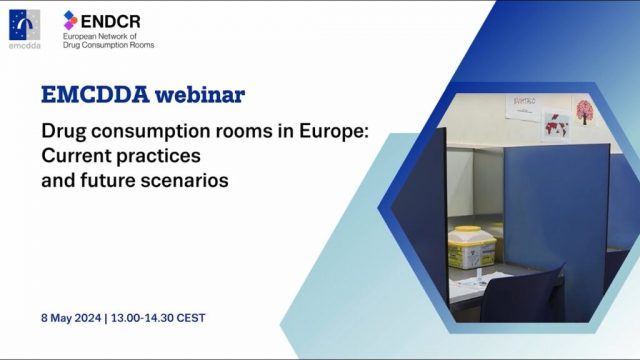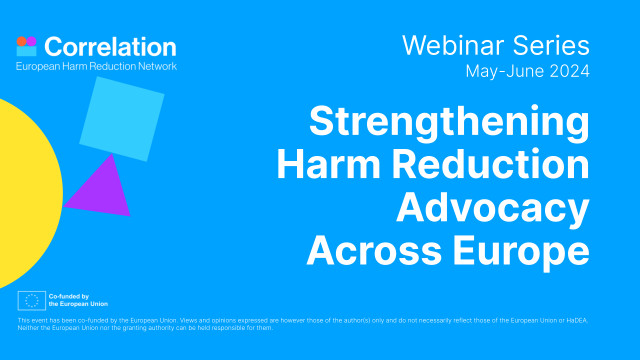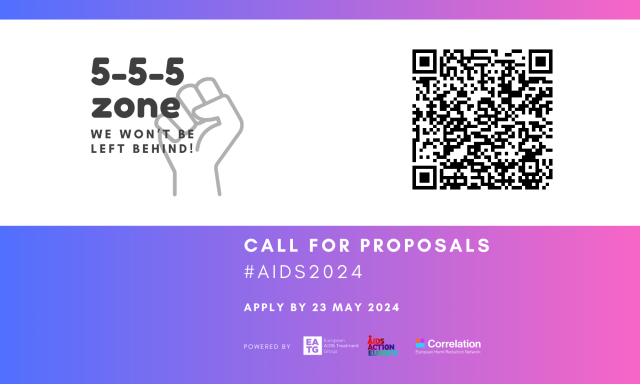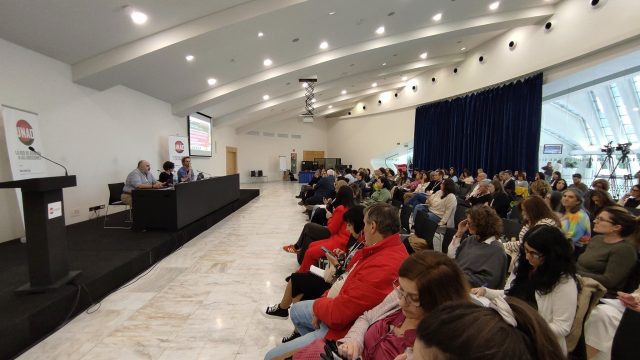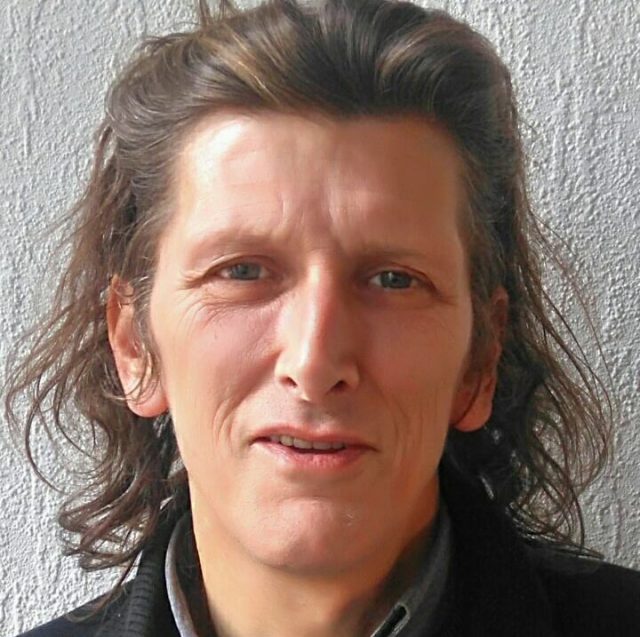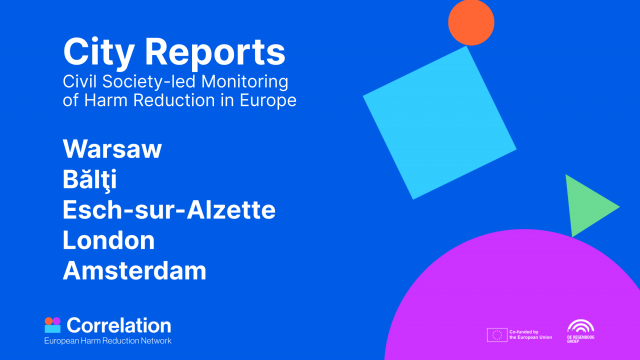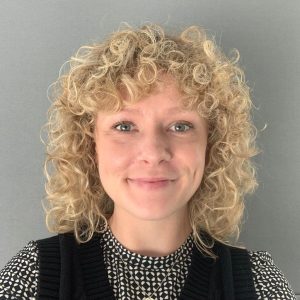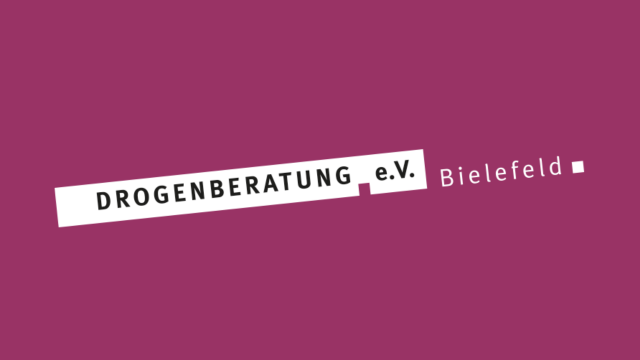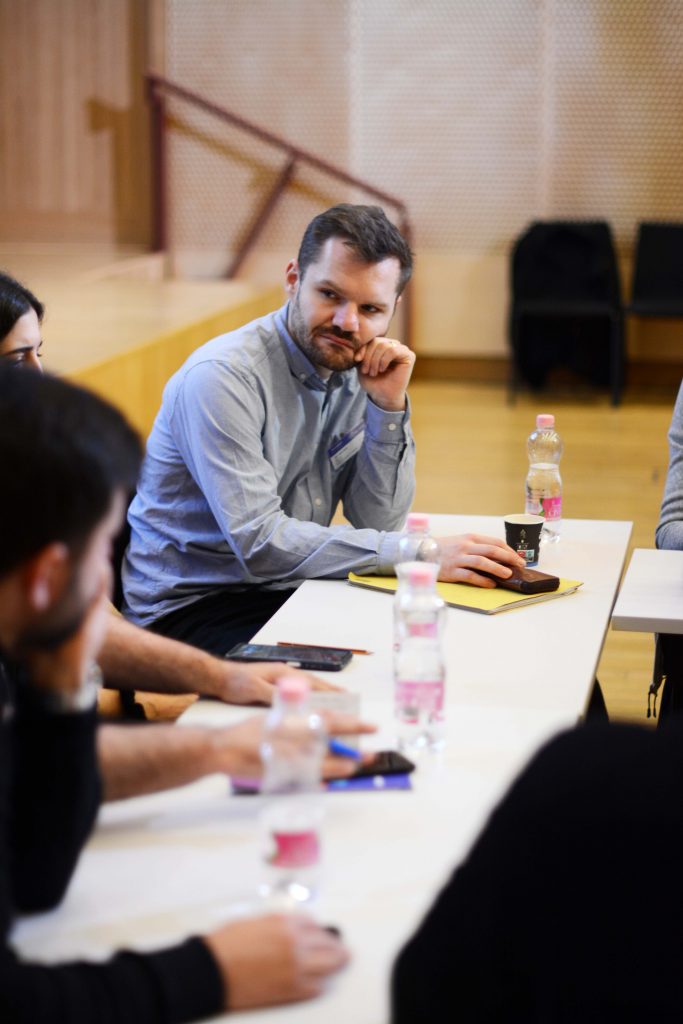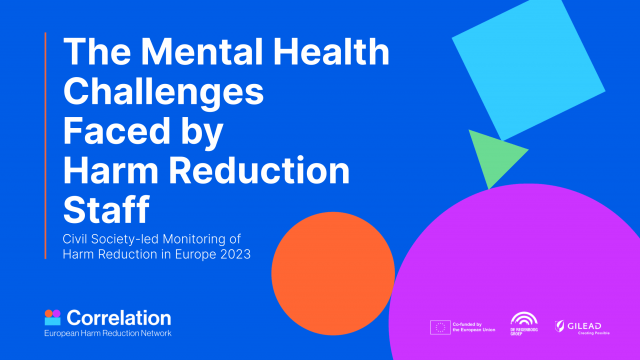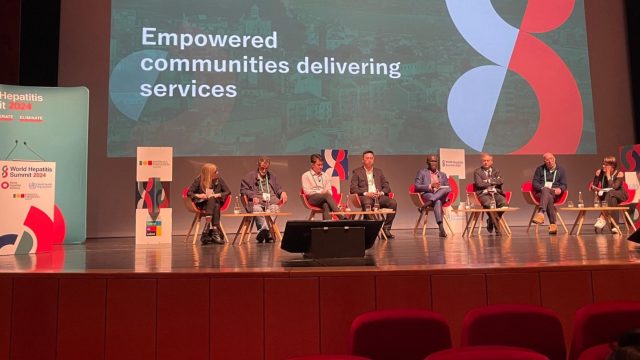What do you think the most pressing issues were regarding the mental health of harm reduction staff? What are the main challenges they face?
It’s a complicated web of challenges, but I would say that the most pressing factor would be the lack of political support in most of the cities. There’s a lot of stigmatization as well coming from local societies and from other services that are used by people who use drugs. This trickles down and instigates or influences all of the other challenges that staff face. The job itself can often be quite difficult, but it’s exacerbated by these unsupportive political environments, and that can cause difficulties in the relationships between services, between staff members and between staff and clients. I would say that that’s probably the most pressing issue.
Harm reduction staff should be able to have pride in their work. I think that can be very challenging for staff in a lot of cities given the stigmatization towards both clients and staff. Trying to combat that stigmatization, the organisation pushes that they are fighting against it as well, I think that was something that came up when we launched the report in the panel discussion. It’s nice for the workers to be able to feel that the organization is also fighting against that. It acknowledges the difficulties that press down on staff too.
What are the areas where the support is mostly missing or where change would be most urgently needed?
The political environment and in particular the lack of funding is probably the biggest change that we need to see. Organizations struggle with resources and being able to support their staff because all of the funding has to go on clients. Even for organizations that do have maybe more funding than others, there are usually specifications for the funding – that it can’t be spent on, for example, team-building exercises. It’s often not just the funding itself, but all of the specifications of the funding that can be quite challenging. I think that having more political support would trickle down into all of the other areas and alleviate some of those challenges as well.
Have you noticed any significant differences among the focal points from the different cities and if so, would you describe what these were?
Cities with more progressive policies and support from local communities were able to implement more support in terms of mental health for staff. It was interesting that the focal point from Switzerland, for example, was quite shocked by the lack of mental health support in some of the Eastern European countries, because they’ve had it for 20-plus years. It’s mandatory to have counselling opportunities for their staff, which is very different to what’s being experienced in Eastern European countries, where a lot of the time there’s none.
I think it was interesting that there were also quite a lot of similarities. All of the focal points mentioned that this is a really important topic and something that hasn’t been addressed in the past. It was interesting that no matter what the political situation was, there was a feeling that this was a really important topic to focus on going forward.
Despite the difficulties and barriers, including the lack of financial support, are there any best practices for organisational support that you would highlight?
We have a number of recommendations at the end of the report, some of which do depend on funding, but several which don’t, so that organizations can implement them no matter what their political situation or funding situation is. For example, trying to create a culture where there’s an openness to speak about mental health issues is really important. Having a mental health strategy is another one.
We have a member of staff working on more concrete guidelines for organizations which will come out at the end of the year and will highlight more specific things that organizations can bring in to support the mental health of their staff members no matter what their situation is. That’s quite exciting and I think it’ll be nice to have something more concrete in that sense as well.
Would you pick a quote from the report and explain why you find it relevant?
It’s very difficult to pick one. I have a couple here because it was quite a broad report and a number of different challenges and coping mechanisms came up.
One that highlights the importance of the issue is a quote from our focal point in Budapest:
“Everybody told [me] that yes, this is a very important issue now and especially in countries where resources are scarce and that organisations are stretched and all [of] these problems we have and so, I think it is a very relevant issue to focus on for the whole network.” (FP Budapest, p. 11.)
Another one is that
“It’s in the hands of politics. Because harm reduction workers are everywhere in every country, but depending on the political situation, their working situation changes accordingly. If the political situation is against harm reduction, it makes the work more difficult.” (FP Bern, p. 12.)
And a third highlight:
“The harm reduction worker, he really believes that this matters and harm reduction is the right way to go in this politics of prohibition and criminalisation. And workers build relationships with people who are extremely marginalised in society and have a lot of stigma and prejudice against them. And these relationships are important for both people, both the clients and the workers.” (FP P Reykjavik, p. 26.)
What emerged from the report was the importance of building relationships, a number of different relationships between staff and clients, between staff members themselves, between staff and other services, and also political relationships. Developing professional networks on the local, national or international level is really important because it prevents workers from feeling isolated. It protects them against the stigmatization that they feel from other areas of society or politics. The last quote highlights that building relationships is important for not only the clients but also for the harm reduction staff.
How do you think that harm reduction organizations can use the report?
Apart from the recommendations and hopefully the guidelines that are going to be developed, I would hope that organizations can use the report as a tool to advocate for the importance of addressing the mental health of their staff. That they can share it with local or national policymakers, people who are involved in funding, other relevant stakeholders, or even colleagues working in other services, to highlight the need for increased support, less stigmatization and further resources for harm reduction staff and how that affects both staff and clients.
The report highlights that a holistic approach is needed to be able to help the situation, raising awareness of the topic of harm reduction. The harm reduction community in general is quite important too, as like I said, it’s something that people felt wasn’t spoken about before. Hopefully, they can use it for advocacy.
Then the guidelines, in a more practical sense. They’ll be able to pick out things at other organisations that maybe they hadn’t thought about in the past, best practices, from the report too, and implement them in their organization.

